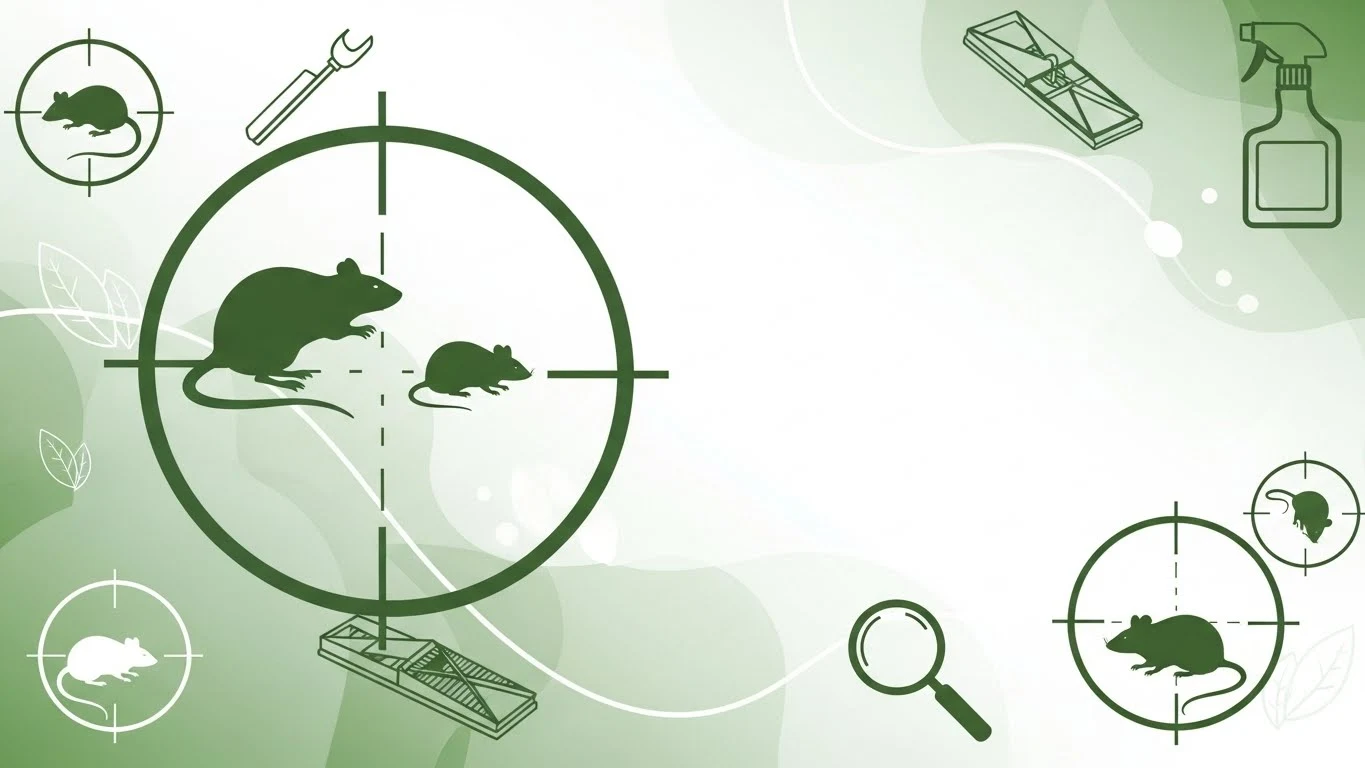Introduction:
Roaches, the uninvited guests in our homes, can be a persistent nuisance. Effective pest control is crucial, but knowing when to apply sprays is equally important. In this guide, we’ll explore the optimal times for pest control sprays and offer practical tips for a roach-free home.
Key Takeaways:
| Key Points | Details |
|---|---|
| Best Time for Spraying | Spring and fall are optimal, targeting roaches during their peak activity. |
| Signs of Infestation | Identify droppings, musty odors, and shed skins as indicators for timely action. |
| DIY vs. Professional | Small infestations may be tackled independently, but larger ones often require professional intervention. |
| Preventive Measures | Maintain cleanliness, seal entry points, and use natural deterrents for a proactive approach. |
Signs of Roach Infestation:
Roaches are experts at hiding, making it crucial to recognize signs of an infestation. Keep an eye out for:
- Droppings:
- Small, dark feces resembling coffee grounds.
- Presence near food sources or in hidden corners.
- Musty Odors:
- Unpleasant, lingering smells in areas roaches frequent.
- Recognizable when more than one roach is present.
- Shed Skins:
- Discarded exoskeletons near nesting areas.
- Indicates growth and reproduction.
Best Time for Pest Control Sprays:
Choosing the right time to apply pest control sprays enhances their effectiveness. Consider the following factors:
- Seasonal Peaks:
- Spring and Fall: Roaches are most active during these seasons.
- Table 1: Roach Activity by Season
Season Roach Activity Spring High Summer Moderate Fall High Winter Low
- Nighttime Activity:
- Roaches are nocturnal; spraying at night targets their peak hours.
- Table 2: Ideal Spray Times
Time Roach Activity Night Peak Late Afternoon Moderate Daytime Low
DIY vs. Professional Pest Control:
Deciding whether to handle the issue independently or seek professional help depends on the scale of the infestation.
| Scale of Infestation | Recommended Action |
|---|---|
| Small | DIY Approaches: Use bait stations, gel baits, or insecticide sprays. |
| Moderate | Combination: DIY methods coupled with professional consultation. |
| Severe | Professional Intervention: Seek expert pest control services. |
Preventive Measures:
Maintain a roach-free environment with proactive measures.
- Cleanliness:
- Regularly clean and declutter to eliminate food sources.
- List 1: Cleaning Tips for Roach Prevention
- Seal food containers tightly.
- Wipe down surfaces daily.
- Dispose of garbage regularly.
- Seal Entry Points:
- Identify and seal cracks, gaps, and entry points.
- List 2: Sealing Entry Points
- Use caulk to seal cracks.
- Install door sweeps.
- Natural Deterrents:
- Use natural repellents like bay leaves, cucumber slices, or catnip.
- List 3: Natural Roach Deterrents
- Bay leaves in kitchen cabinets.
- Cucumber slices near entry points.
Related Questions:
| Question | Answer |
|---|---|
| How often should I spray for roaches? | Answer: Every 3-6 months for prevention, more frequently if an infestation is suspected. |
| Are natural deterrents effective against roaches? | Answer: Yes, some natural options can help repel roaches when used consistently. |
| Can roaches come back after professional treatment? | Answer: It’s possible. Regular maintenance and preventive measures reduce the risk of recurrence. |
Conclusion:
Effectively combating roach infestations requires a strategic and timely approach. By understanding when to apply pest control sprays and adopting preventive measures, you can ensure a roach-free living space. Take control of your home, and bid farewell to unwanted roach guests.




